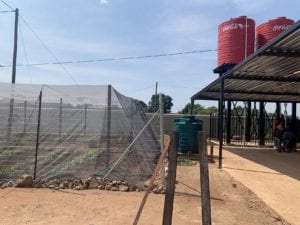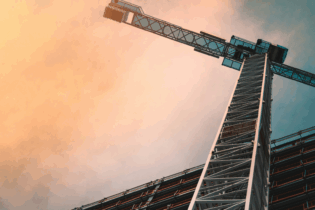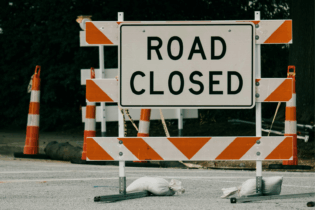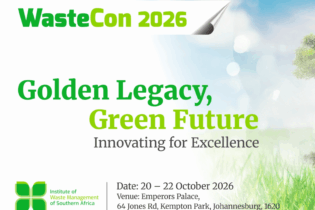An expanding network of groundwater harvesting, and treatment facilities is fulfilling its promises to provide millions of litres of water to water-distressed communities around the country.
By the end of June, the Coca-Cola Beverages South Africa (CCBSA) Coke Ville groundwater community water project had reached over 10 000 homes, just shy of its target of reaching 12 000 homes by the end of 2021. These projects have cumulatively produced 42.2 million litres of water to these homes, which is substantially higher than the 14 million litres delivered last year, and well on the way to the 2021 year-end target of 80 million litres. “Water is the most important natural resource that goes into our products,” said Nozicelo Ngcobo, Public Affairs, Communications & Sustainability Director. “In a country and continent that faces water challenges daily, it was a key imperative that as a large-scale consumer of water, we did everything in our capacity to not only reduce wastage through water treatment technology, and also ensuring we help communities access clean, drinking water for a better quality of life.” In March 2020, Coca-Cola Beverages South Africa launched the Coke Ville Project, the first of its off-grid, solar-powered groundwater harvesting and treatment projects to contribute towards water provision in indigent communities. The Project now comprises seven sites in various locations including Limpopo Province, Eastern Cape, and KwaZulu-Natal, each designed to provide disadvantaged communities between 10 million and 20 million litres of water a year. These communities include Tshikota (Makhado), Makhushaneng (Lebowakgomo), Gamokgopa (Polokwane), Bholotwa (Queenstown), Ekhusane (eThekwini), Shiloh (Whittlesea) and Mbekeni (Ngcobo). The Gamokgopa and Shiloh projects are currently under construction and should be fully operational in August.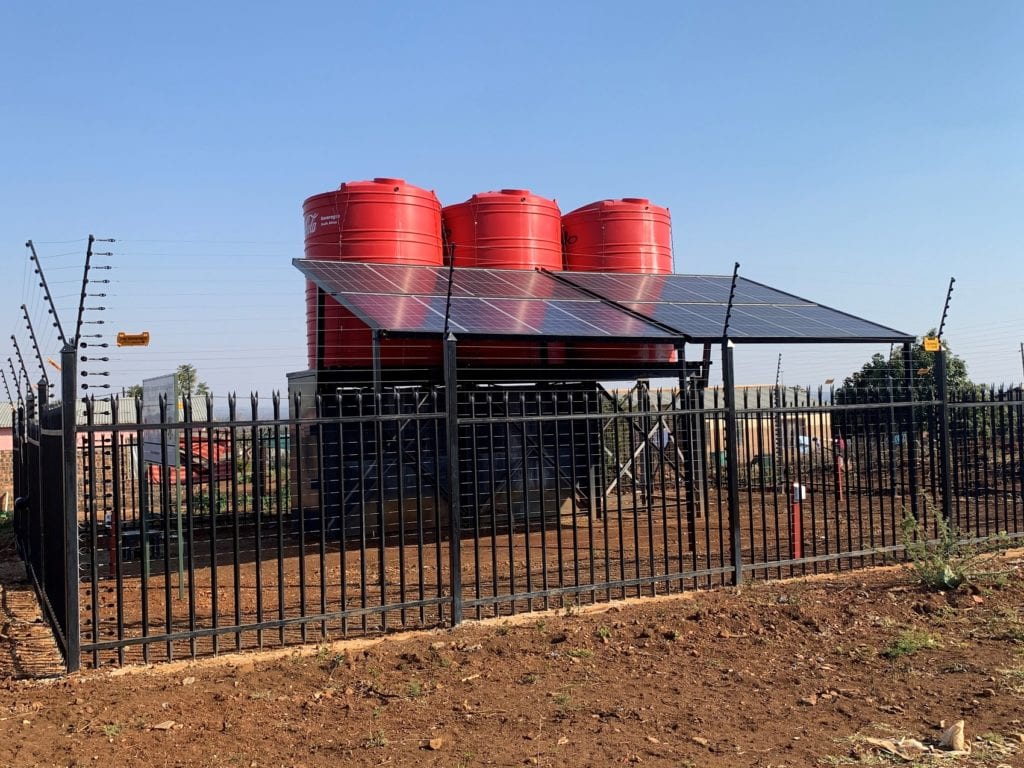
According to the United Nations, by 2050 the global water demand will have increased by 30% from current usage.
The United Nations estimates that South Africa, the 39th driest country in the world, has less renewable freshwater resources per person than Botswana and Namibia. With a population of 59 million people, growing at a rate of 1.2% a year, the South African Government’s ability to deliver clean water resources to citizens is becoming more and more challenging, especially with surface water resources experiencing increasing strain and contamination. The answer may lie in the underutilised groundwater resource which constitutes between 12,5% and 20% of South Africa’s total present water use –. While the use of groundwater has increased by an average of 0,6% per year during the past three years, only about 40% (or three billion cubic metres per year) has been accessed to date. “Groundwater is one of the most compelling, high quality alternatives to the highly stretched surface water resources,” says Ngcobo. “Not only does this underutilised resource support the growing demand for home, agricultural and industrial use, but it also alleviates the pressure on ageing municipal infrastructure, allowing for the repair and maintenance of existing systems, as well as the construction of new facilities. “Also, 250 water wheelbarrows with a capacity of 100 litres each have been distributed to communities. A further 150 will be distributed by the end of the year bringing the total to 400. Should all our planned systems be operational in line with our planswe expect the delivery of water to exceed the target of 80 million litres. A conservative estimate is to reach over 90 million, supporting the development of community food gardens, school facilities and homes,” Ngcobo concludes.

